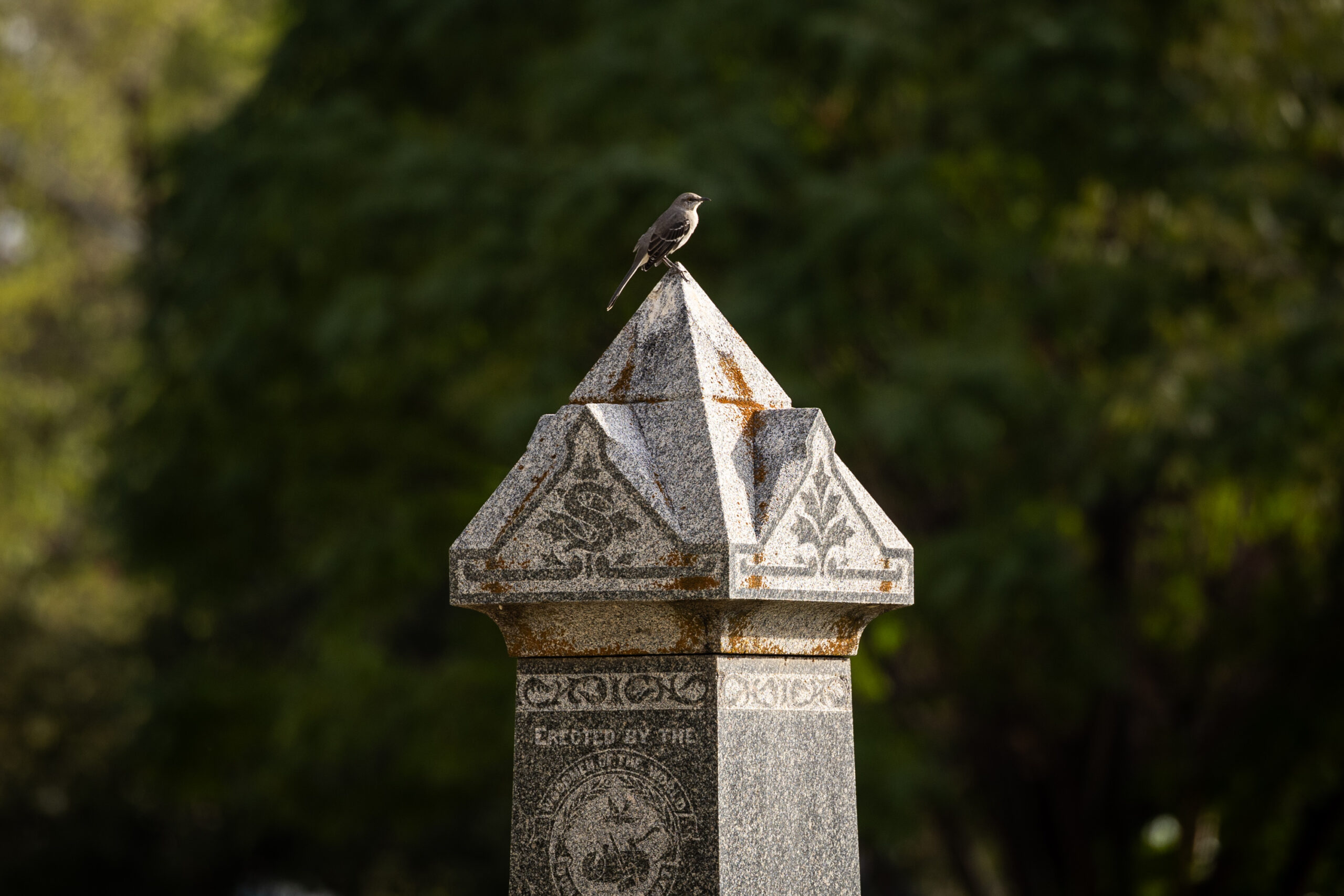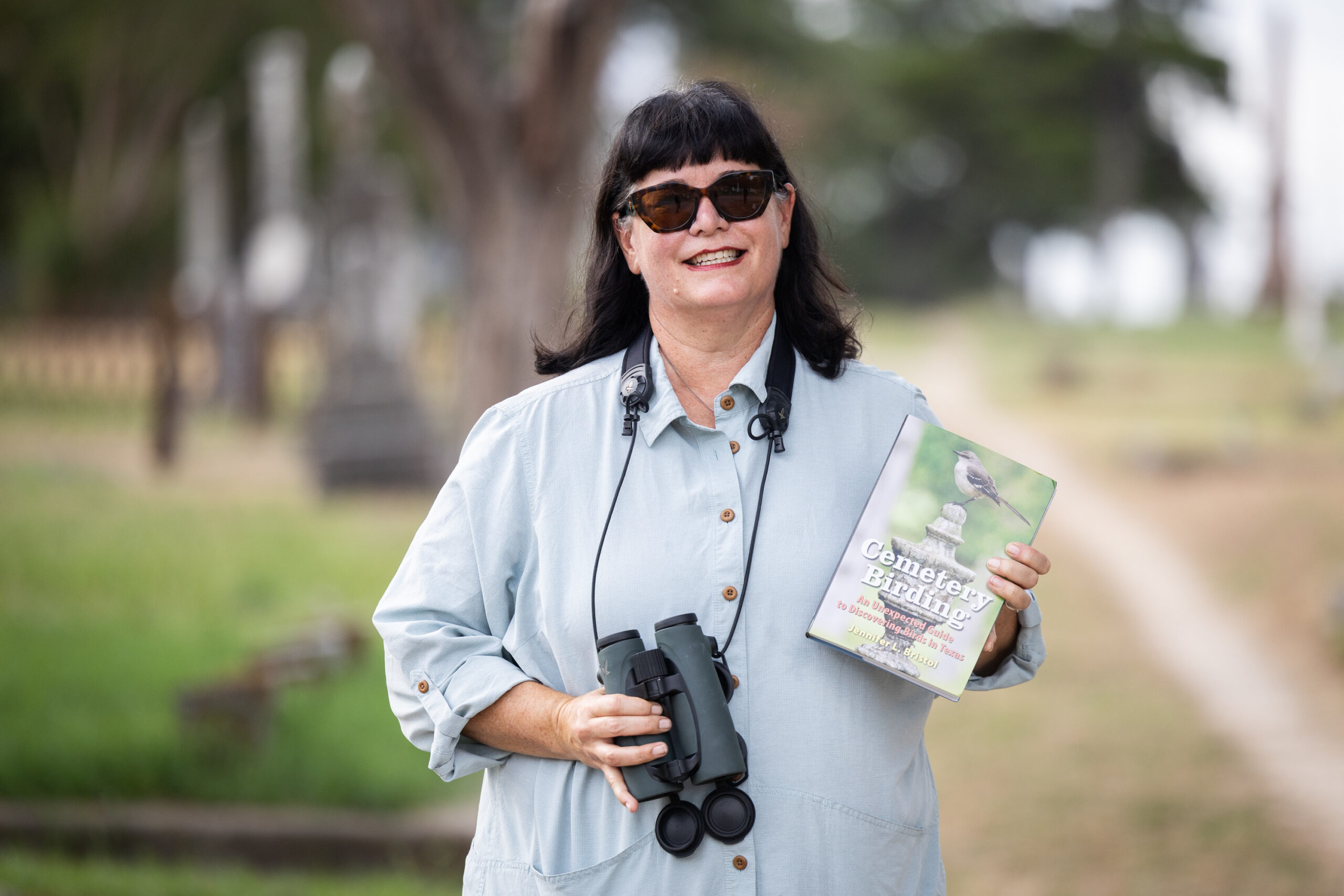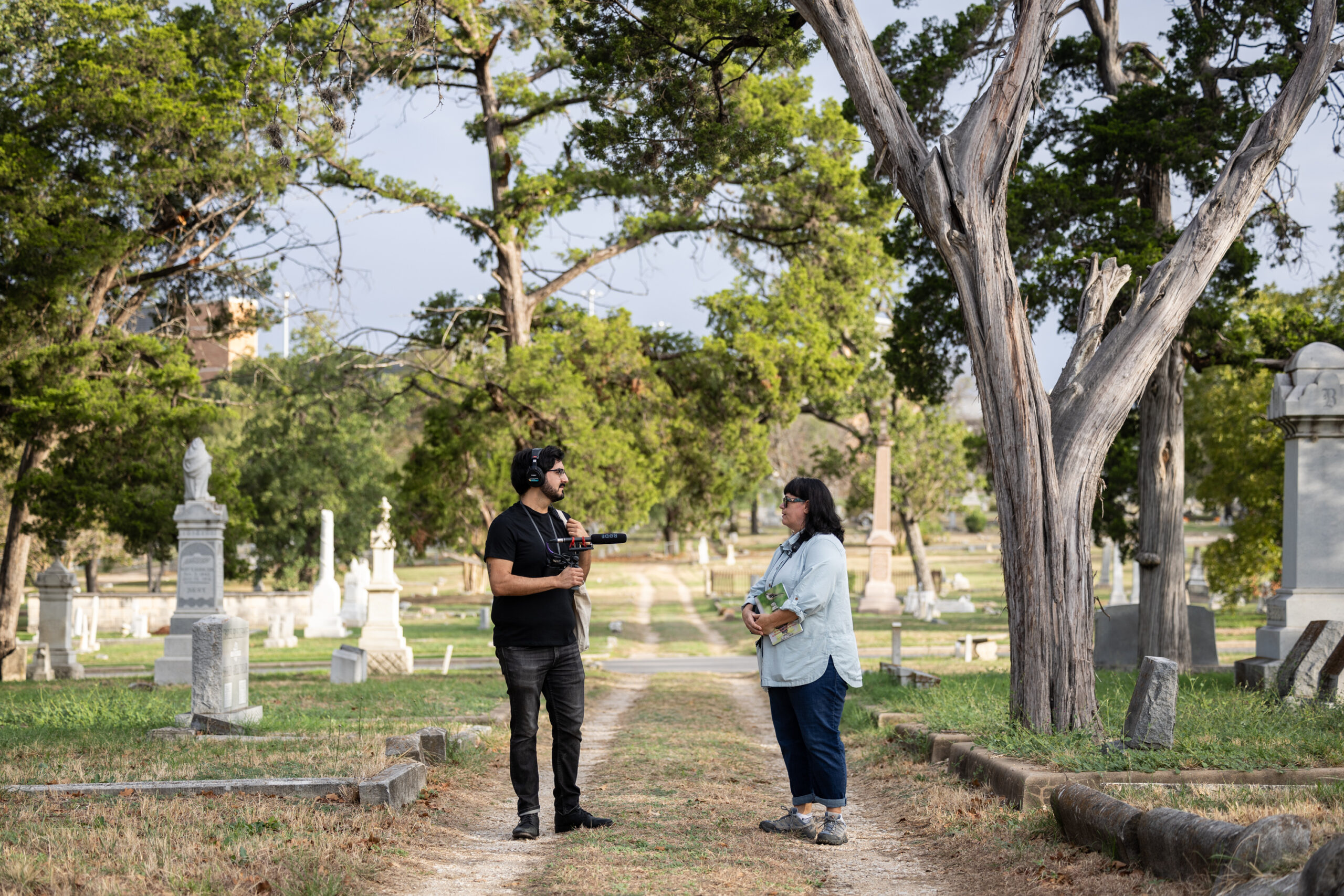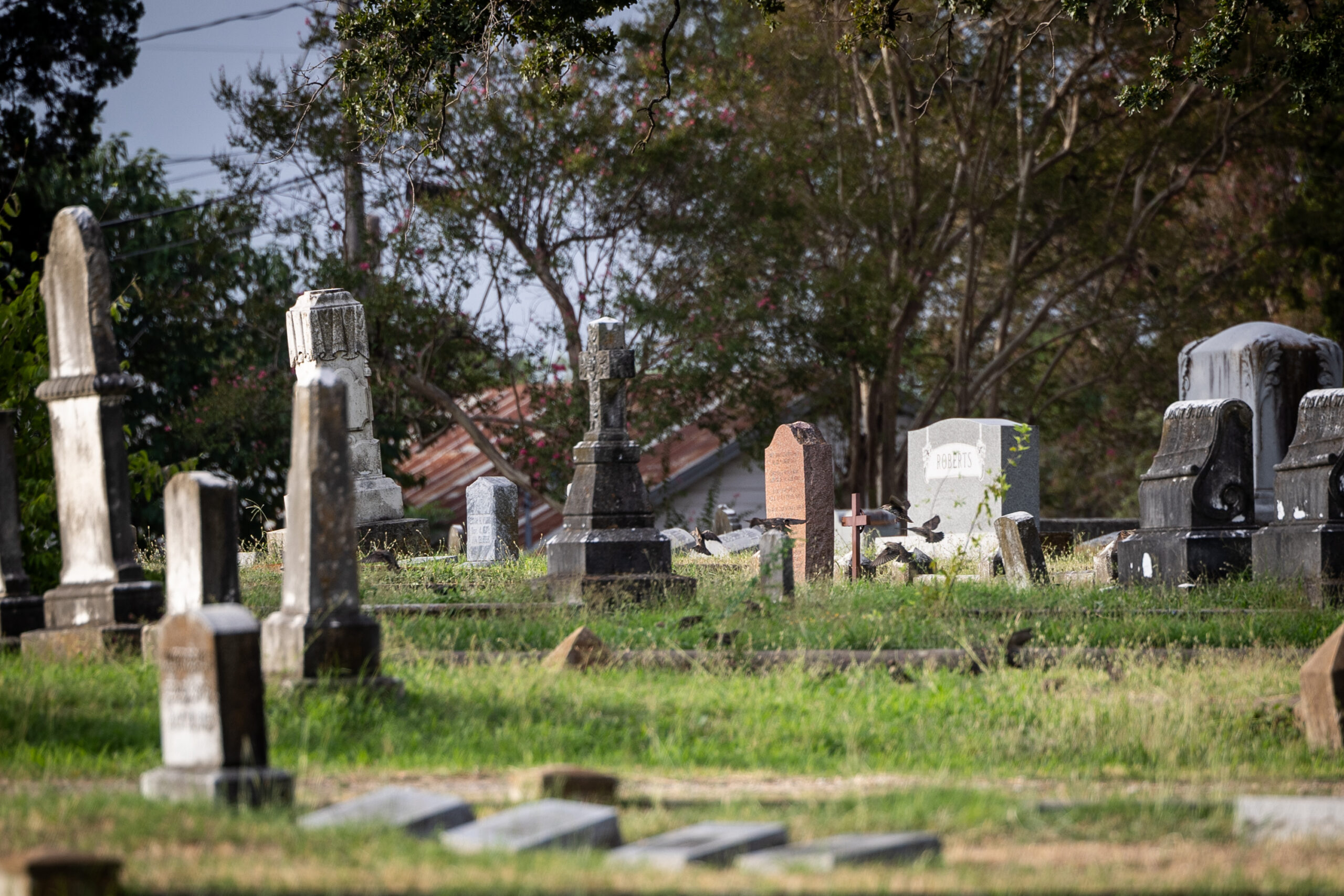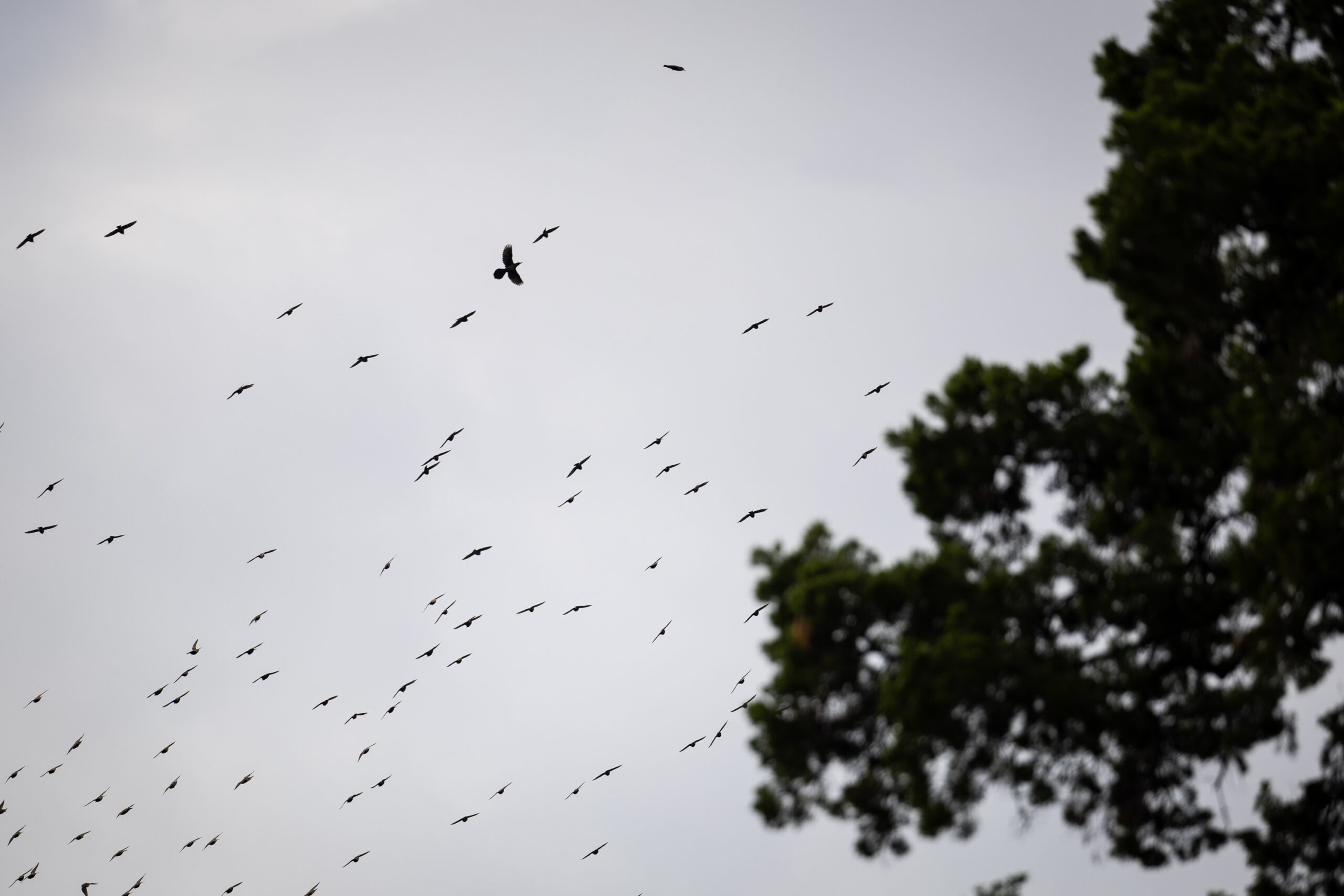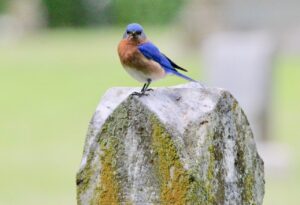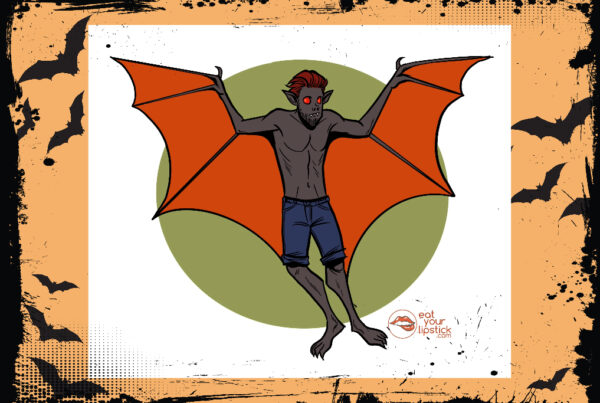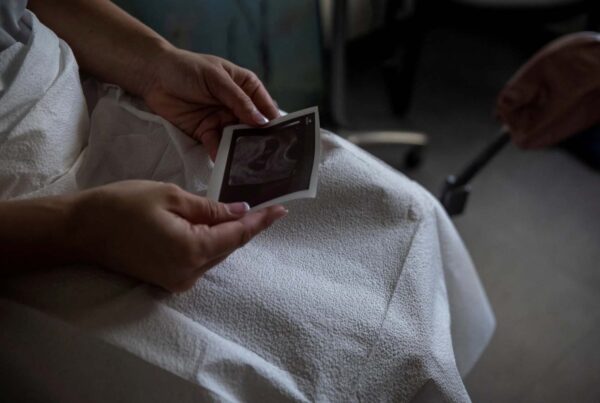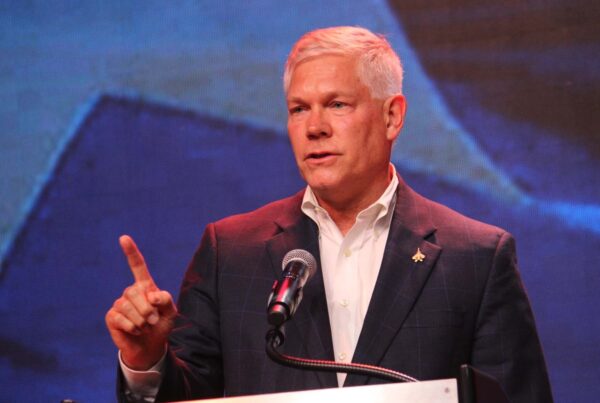It’s an overcast morning in early October when I find myself walking along the rocky, unpaved pathways that snake around the aged headstones of Austin’s Oakwood Cemetery. In typical Texas fashion, it’s a humid one.
I am meeting with author Jennifer L. Bristol, but not to engage in any spooky season shenanigans. Rather, we picked the location to discuss Bristol’s latest book, “Cemetery Birding: An Unexpected Guide to Discovering Birds in Texas.”
And, of course, to do a bit of birding ourselves.


